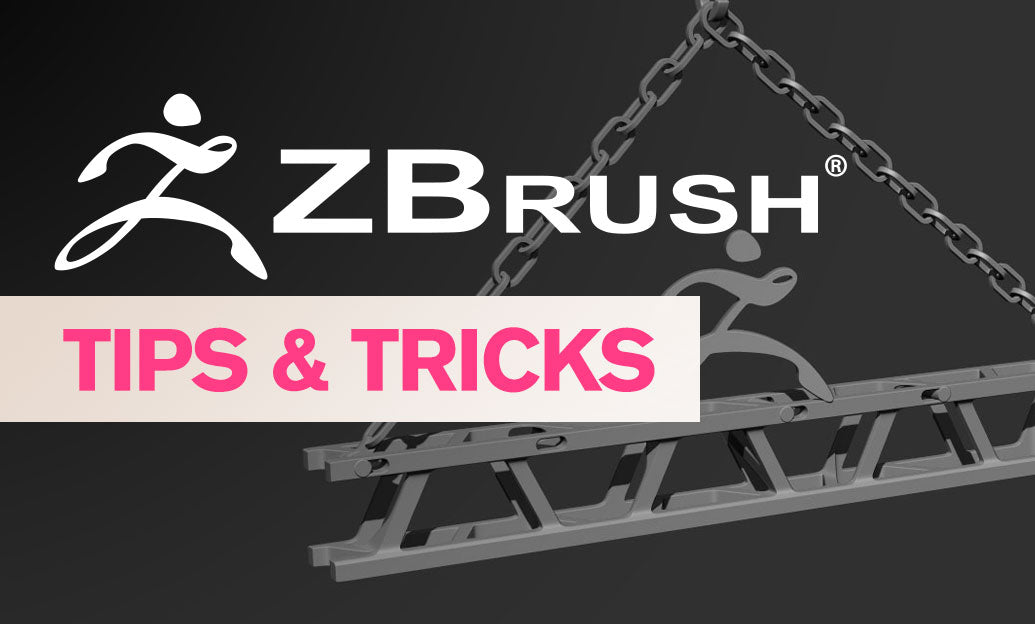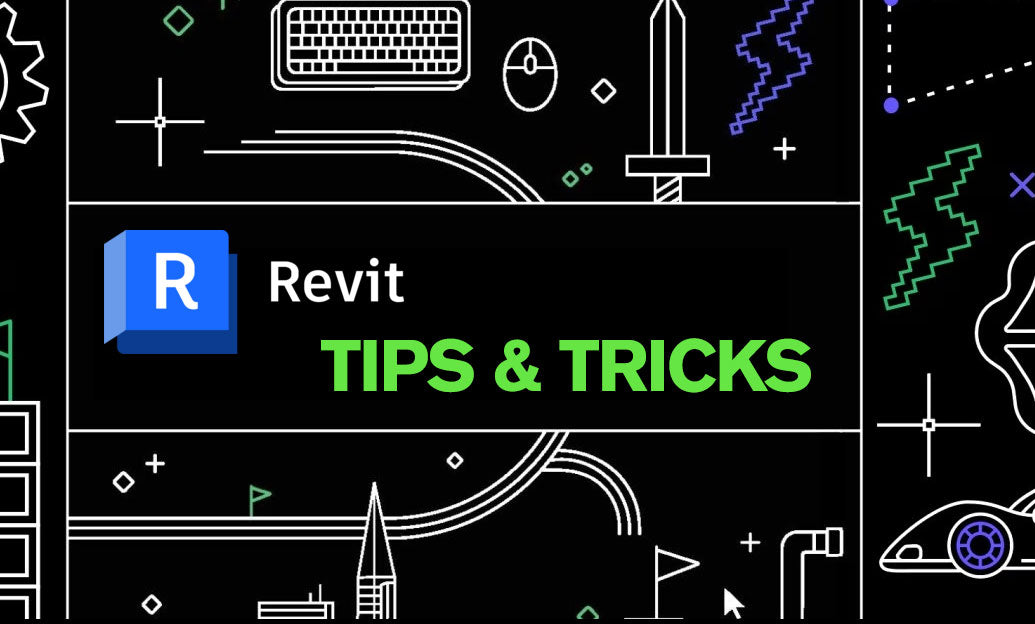Your Cart is Empty
Customer Testimonials
-
"Great customer service. The folks at Novedge were super helpful in navigating a somewhat complicated order including software upgrades and serial numbers in various stages of inactivity. They were friendly and helpful throughout the process.."
Ruben Ruckmark
"Quick & very helpful. We have been using Novedge for years and are very happy with their quick service when we need to make a purchase and excellent support resolving any issues."
Will Woodson
"Scott is the best. He reminds me about subscriptions dates, guides me in the correct direction for updates. He always responds promptly to me. He is literally the reason I continue to work with Novedge and will do so in the future."
Edward Mchugh
"Calvin Lok is “the man”. After my purchase of Sketchup 2021, he called me and provided step-by-step instructions to ease me through difficulties I was having with the setup of my new software."
Mike Borzage
Design Software History: The Evolution of Digital Design in Home Appliance Manufacturing: From Hand-Drawn Concepts to Smart, Sustainable Solutions
October 01, 2024 2 min read


Introduction to Digital Design in Home Appliances
The importance of design in home appliances has grown exponentially over the decades, shaping not just the aesthetics but also the functionality and user experience of everyday household items. The shift from traditional design methods to digital design technologies has revolutionized how companies approach the creation of new products. This transformation has been driven by the need for more efficient design processes, the demand for customization, and the desire to integrate advanced features seamlessly into appliances. Manufacturers like Whirlpool and Electrolux have embraced digital tools to stay competitive, enabling them to prototype quickly, reduce time to market, and meet the ever-evolving expectations of consumers.
Historical Development of Design Software in Appliance Manufacturing
In the early days of appliance manufacturing, designs were meticulously hand-drawn, and physical prototypes were crafted to visualize concepts. This process was time-consuming and limited in flexibility. The introduction of Computer-Aided Design (CAD) tools marked a significant milestone, allowing designers to create precise digital models. Companies like Autodesk emerged as pioneers, offering software that transformed design practices. The advent of solid modeling applications enabled the creation of 3D models, providing a more comprehensive view of the product before it was built. The rise of parametric design tools further impacted the industry by allowing modifications to be made swiftly, with changes automatically propagating through the model. This evolution in software empowered companies to innovate rapidly while maintaining high-quality standards.
Technological Advancements Influencing Digital Design
The role of simulation and visualization tools has become integral to the design process. The impact of Finite Element Analysis (FEA) cannot be overstated, as it allows engineers to assess appliance performance and safety under various conditions without physical testing. Software companies like ANSYS have developed sophisticated FEA tools that help in predicting and mitigating potential issues. Additionally, rendering software has become crucial for marketing and consumer engagement. Photorealistic images and animations enable companies to showcase products before they are manufactured, enhancing customer interest and feedback.
- Integration of CAD software with additive manufacturing has streamlined prototyping.
- Collaboration tools have improved design workflows across global teams.
Advanced technologies have also led to better integration between design and manufacturing. The use of cloud-based platforms allows for real-time collaboration, and companies like PTC have introduced solutions that connect designers with engineers and production teams seamlessly.
Future Trends and Challenges in Digital Design for Home Appliances
Emerging trends in smart appliances and IoT integration are reshaping design priorities. Manufacturers must now consider connectivity and interoperability, leading to adaptive design processes that accommodate software updates and user customization. Sustainability concerns are also at the forefront, with digital design enabling more efficient use of resources. The concept of digital twins—virtual replicas of physical products—helps in lifecycle management and optimizing performance over time. However, future challenges include balancing innovation with usability and cost-effectiveness. As appliances become more complex, ensuring they remain user-friendly and affordable is critical. Designers and engineers will need to collaborate closely to create products that meet these diverse requirements while leveraging the latest digital tools.
Also in Design News

2D/3D Animation:Collaboratory with Mike Morris and Aaron Paetz
February 20, 2025 1 min read
Read More
ZBrush Tip: Enhancing Organic Sculpting Techniques in ZBrush: Key Tips and Resources
February 20, 2025 2 min read
Read More
Revit Tip: Mastering Revit's Edit Profile Tool for Customized Design Efficiency
February 20, 2025 2 min read
Read MoreSubscribe
Sign up to get the latest on sales, new releases and more …


